
A Guide to Paid-in Capital for US Companies Key Points and Detailed Analysis
U.S. Company Paid-in Capital Guide Key Points and Details You Need to Know
In recent years, with the development of globalization and the increase in cross-border business activities, more and more companies have chosen to establish branches or conduct business in the United States. As one of the largest economies in the world, the U.S. has attracted countless entrepreneurs with its mature market environment, well-established legal system, and rich business resources. However, setting up a business in the U.S. is no easy task, particularly when it comes to the issue of paid-in capital. This article will provide you with a detailed interpretation of relevant regulations regarding U.S. company capital, along with its operational key points, based on recent news developments.

Background and Importance of the Capital System
In the U.S., the term authorized capital Authorized Capital or issued capital Issued Capital is typically used for registered capital. Unlike some countries that require shareholders to fully pay up their registered capital, most states in the U.S. adopt an authorized capital system, meaning the company only needs to declare the maximum number of shares it can issue in its articles of incorporation. This allows the company to issue only part of the authorized shares without requiring actual payment for the remaining portion.
This flexible system design provides great convenience for start-ups and small businesses but also imposes higher requirements on financial management. If a company fails to achieve expected profitability, it may face cash flow disruptions. Reasonably planning the scale of registered capital and ensuring its actual availability have become critical considerations for every entrepreneur.
Analysis of Recent News Examples
At the beginning of this year, The Wall Street Journal reported on a New York-based technology startup that filed for bankruptcy after failing to secure financing. Investigations revealed that the company initially registered with millions of dollars in authorized capital, but only a small percentage of the shares were actually issued. This left the company short of sufficient cash flow during its expansion phase. This case once again reminds us that blindly pursuing high authorized capital only increases financial pressure and could even create hidden risks.
Meanwhile, another piece of news from Silicon Valley has drawn significant attention. A unicorn enterprise specializing in artificial intelligence successfully raised billions of dollars through private equity and significantly increased its authorized capital ceiling. This move not only enhanced investor confidence but also laid the groundwork for subsequent large-scale mergers and acquisitions. This demonstrates that, under certain circumstances, reasonable adjustments to registered capital can give enterprises a competitive edge.
Key Steps and Considerations During the Paid-in Process
For entrepreneurs planning to set up a company in the U.S., the following core elements must be remembered
1. Clarify the Difference Between Authorized Capital and Issued Capital
Authorized capital refers to the maximum number of shares a company can issue as stated in its articles of incorporation; issued capital, on the other hand, is the total amount of shares already distributed to shareholders. The difference between the two can be adjusted at any time but must comply with relevant state regulations.
2. Ensure Legal Compliance of Fund Sources
Regardless of the method used to raise capital, the source of funds must be clear and transparent. For instance, funds obtained through bank loans cannot count towards registered capital, as doing so may constitute false representation. Additionally, vigilance against money laundering and other illegal financial activities is necessary.
3. Regularly Update Financial Statements to Reflect Reality
Even under the authorized capital system, companies still need to regularly submit detailed financial reports to regulators, including balance sheets, income statements, and cash flow statements. These documents directly influence external evaluations of the company's operational capabilities.
4. Consider Future Developmental Elasticity
When formulating an initial registered capital plan, enterprises should fully consider various challenges and opportunities they may encounter over the next few years. For example, if substantial RD expenses are anticipated in the short term, it is advisable to appropriately increase the authorized capital level to facilitate future share issuance.
Conclusion
To sum up, the process of paid-in capital for U.S. companies is both complex and crucial, impacting both short-term survival and long-term strategy. It is hoped that the information provided in this article helps you better understand the relevant rules and make wise decisions in practice. Finally, remember this integrity remains the cornerstone of commercial success, no matter where you are!
Helpful (0)
No help (0)
Still have questions after reading? More than 98,000 users have contacted us. Please fill in the following information to obtain business information.

Next Article
How to Register a Company in the US? Comprehensive Analysis and Key Considerations Revealed
Jun 13, 2025Service Scope
MoreRecommended for You
- How to Start a Company in Singapore? Nail These Key Points and Register with Ease
- Want to start a company in Singapore? A step-by-step guide to registration-your easy first step toward going global
- Starting a Company in Singapore? Here Are the Key Steps and Things to Keep in Mind
- Want to start a company in Singapore? Here's everything you need to know about registration requirements and procedures-seize global opportunities with ease!
- Complete Guide to Registering an Association in Singapore A Step-by-Step Walkthrough Made Easy
- How Much Does It Cost to Register a Company in Singapore? A Clear Breakdown of Fees and Common Misconceptions
- Do You Really Know the Ins and Outs of Singapore's Audit System?
- How to Check a Company in Singapore? A Step-by-Step Guide to Navigating the Business Landscape
- How Do Singapore Companies Handle Bookkeeping and Auditing? How Can Competence Make Finance Teams Smarter and More Efficient?
- A Step-by-Step Guide to Registering a Company in Singapore Complete Breakdown of Required Documents and Easy Access to Global Markets!
- Can You Really Set Up a Company in Singapore on Your Own? Here’s the Full Story!
- Why Singapore's Private Banks Have Become the Top Choice for Global Wealth Management
- Thinking of starting a company in Singapore? Here are the key requirements and details you need to know!
- Heading to Singapore? These application tips will help you get it sorted!
- How to Smoothly Open a SG Bank Account? Step-by-Step Guide Key Tips
- How to Open a Bank Account in Singapore? Step-by-Step Guide to the Process Requirements
- SG Corp Audit Deep Dive Empower Your Biz to Soar
- Why You Can’t Ignore Notarization of Singapore Certificates for Your Business
- Starting a Company in Singapore Is Easy! 7 Steps to Kickstart Your Biz
- Want to Start a Co. in Singapore? Read This First!


 ONE
ONE
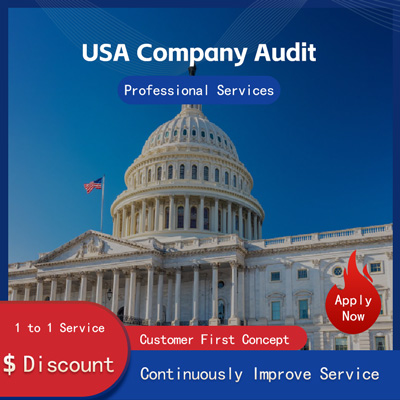
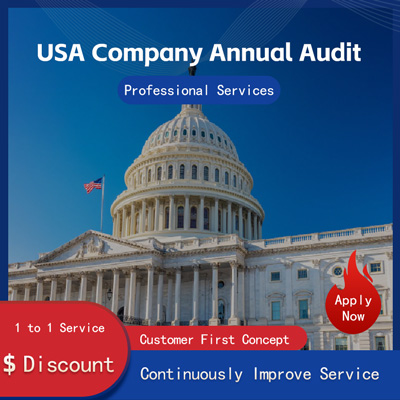

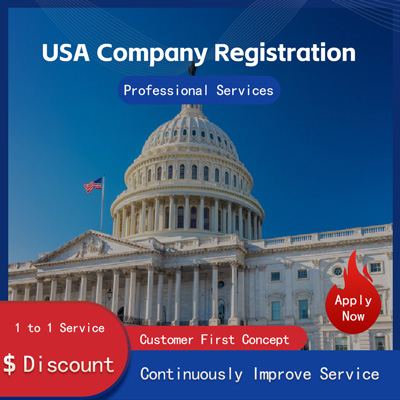

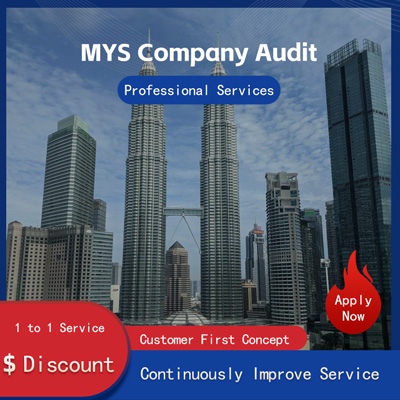
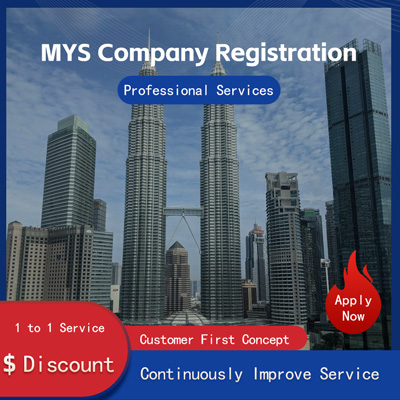
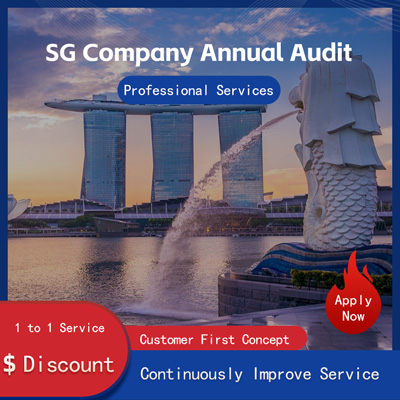
Customer Reviews
Small *** Table
December 12, 2024The experience was very good. I was still struggling to compare it with other companies. I went to the site a few days ago and wanted to implement it as soon as possible. I didn't expect that everything exceeded my expectations. The company is very large, with several hundred square meters. The employees are also dedicated and responsible. There is also a wall of certificates. I placed an order on the spot. It turned out that I did not make a wrong choice. The company's service attitude is very good and professional. The person who contacted me explained various things in detail in advance. After placing the order, the follow-up was also very timely, and they took the initiative to report the progress to me. In short, I am very satisfied and recommend this company!
Lin *** e
December 18, 2024When I first consulted customer service, they recommended an agent to me. They were very professional and patient and provided excellent service. They answered my questions as they came in. This 2-to-1 service model is very thoughtful. I had a lot of questions that I didn’t understand, and it’s not easy to register a company in Hong Kong. Fortunately, I have you.
t *** 7
December 19, 2024I originally thought that they only did mainland business, but I didn’t expect that they had been doing Hong Kong business and were doing very well. After the on-site interview, I decided to ask them to arrange the registration of my Hong Kong company. They helped me complete it very quickly and provided all the necessary information. The efficiency was awesome. It turns out that professional things should be done by professionals.👍
b *** 5
December 16, 2024In order to register a company in Hong Kong, I compared many platforms and stores and finally chose this store. The merchant said that they have been operating offline for more than 10 years and are indeed an old team of corporate services. The efficiency is first-class, and the customer service is also very professional.